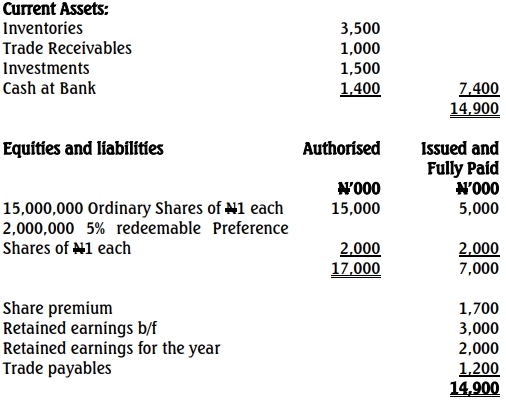- 1 Marks
AAA – Nov 2013 – L3 – A – Q20 – Audit of Specialized Industries
This question tests knowledge of reserves that may or may not be reviewed during the audit of a non-life insurance company.
Question
Regarding the audit of a non-life insurance company, which of the following reserves may NOT be reviewed?
A. Reserve for unexpired risks
B. Reserve for outstanding claims
C. Contingent reserve
D. External reserve
E. Statutory reserve
Find Related Questions by Tags, levels, etc.
- Tags: Audit, Non-Life Insurance, Reserves, Specialized Industries
- Level: Level 3
- Topic: Audit of Specialized Industries
- Series: NOV 2012
Report an error



